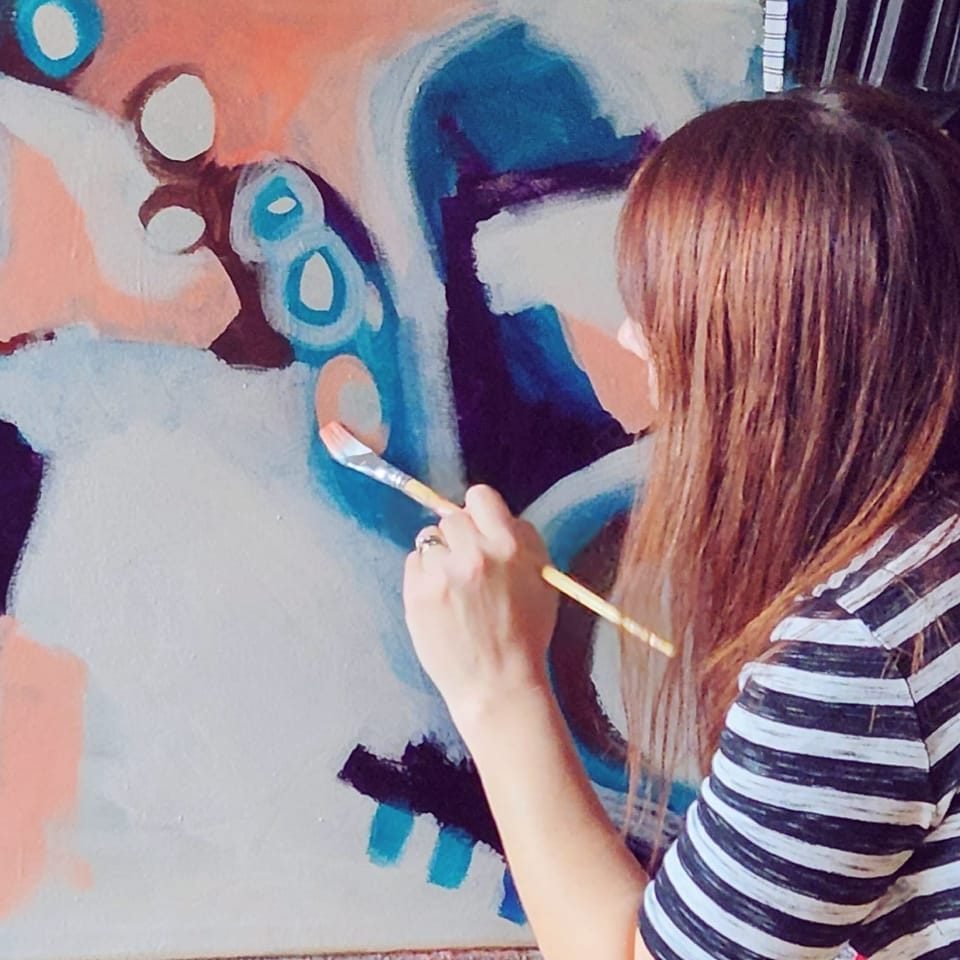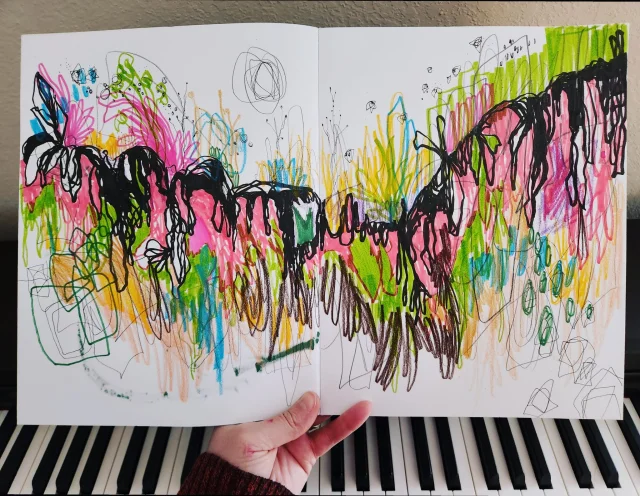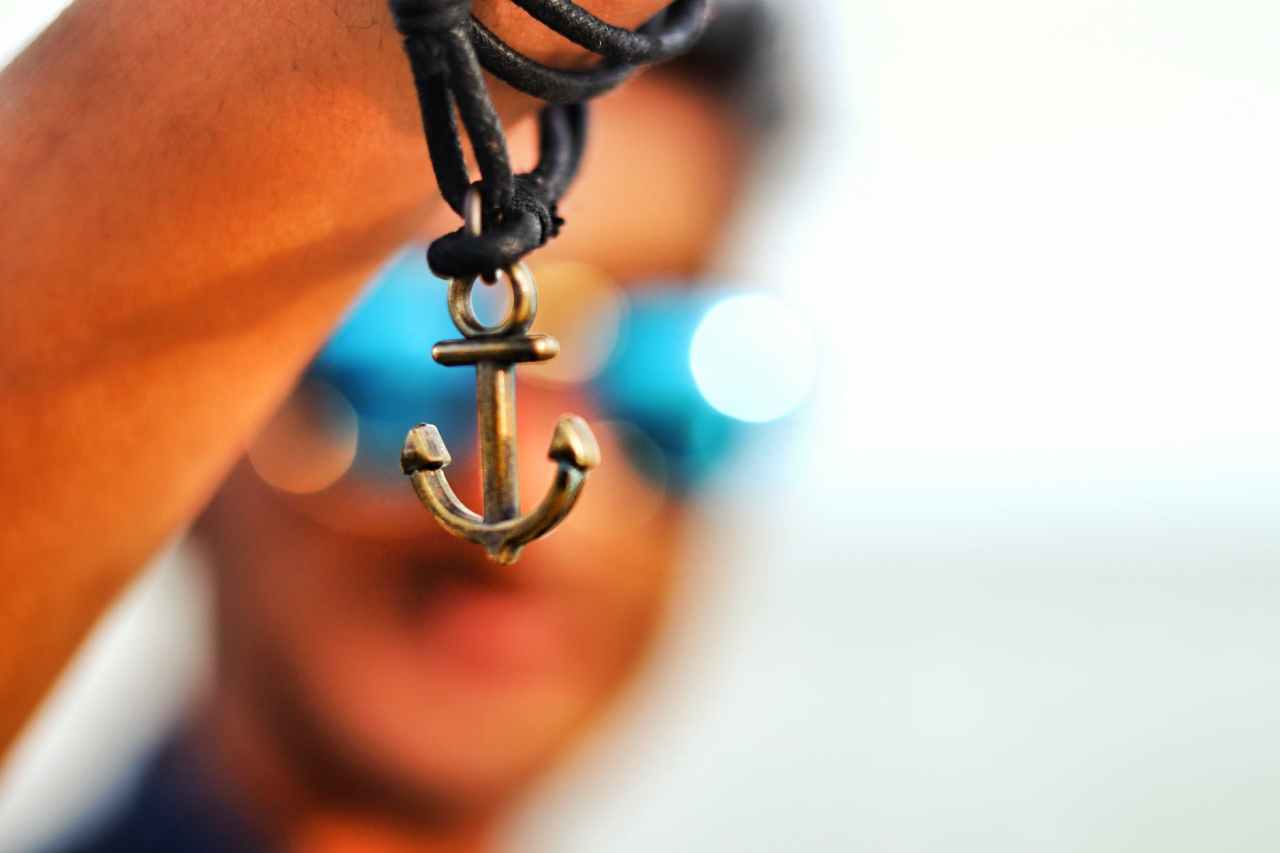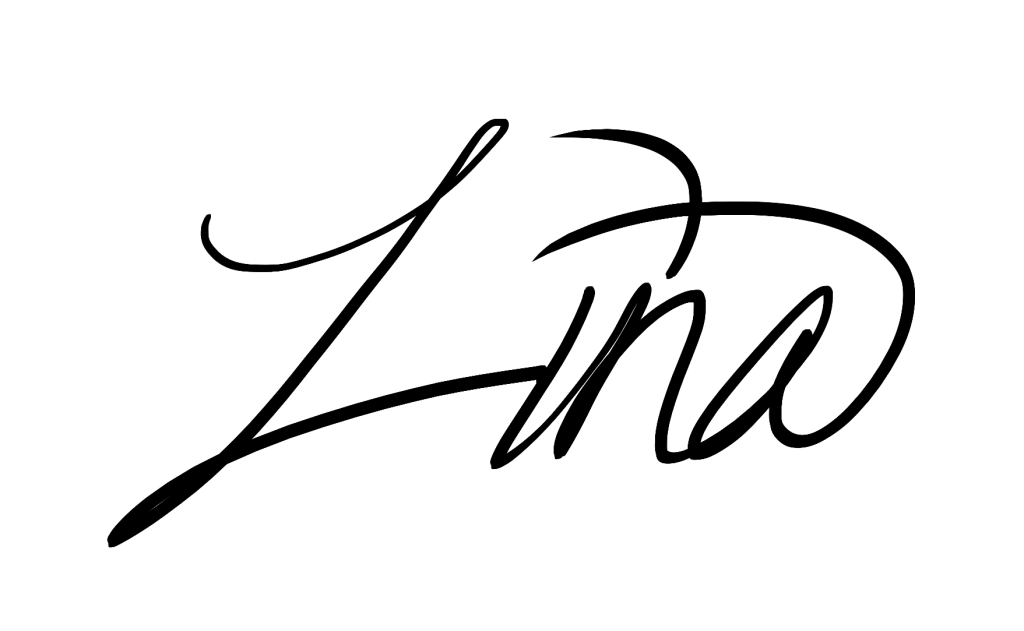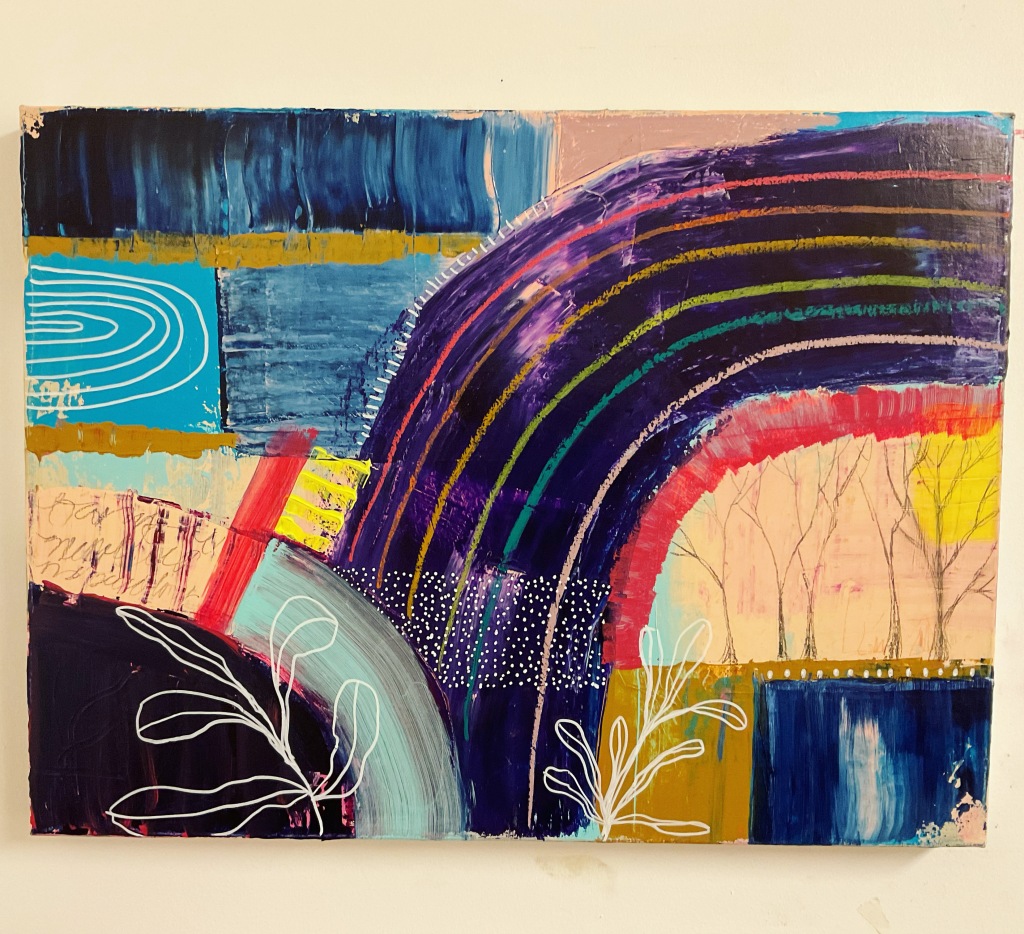Dear Future Lina,
I get it. You had an unsuccessful event, or an unsuccessful class, or zero luck in sales for over a month and now you’re wondering if it’s time to dust off the LinkedIn profile in order to help pay the bills. You’re wondering why you don’t just get a “real job.” You’re wondering where you went wrong.
First of all, you’re not a “bum” so stop calling yourself that. Lazy people don’t run their own businesses. You’re just an artist who hit her wan in the natural order of things.
Right now I’m in the wax moment of this natural order. My creativity is sky high, and classes have never been better. I just sold FOUR PAINTINGS at the solo show in Columbia and I’m excited to see if any more sell in the coming weeks. Two weeks from now you will be at the St. Louis Art in the Park, something that, two years ago, was a far-fetched dream written down in your journal. And from this weekend until November, you are booked solid with events.
I’m not telling you this to rub it in your face. I’m telling you this to prove that you are successful. A bad event or a small pause in sales does not equal failure. It’s normal. Part of being an artist is recognizing that.
I can almost hear your thoughts right now as you enter this five-hundredth existential crisis. You’re wondering if you should just switch over to photography full time or go back to illustration because “back when you did that everyone seemed to like it.” I’m here to tell you NO. You’ve gone through this cycle a billion times and you always wind up right where I am today: back doing scribbles and teaching intuitive art and re-normalizing the website from the discombobulated mess we made when we decided to go ahead and try those different paths.
Those paths have dead ends. They aren’t your career path. They are passions of yours, sure, and very fun at times. But that doesn’t mean you have to monetize them. Why can’t they just be passions? Because you’re good at them? You’re good at gluten-free baking, too, is it time to open your own bakery? No?
This is not the time to be making any rash decisions. It’s actually the time to take a break.
Take a week or two (or longer) to do things that are completely unrelated to art. Take the dog on hikes, play video games with the kiddo, go for a jog. TURN OFF THE PODCASTS and DELETE PINTEREST until you get back into your groove. Get back into learning French on Duolingo. Take naps. Find a new show to binge-watch. Clean. Your. House. Anything to get you out of your own head.
Most of all I want you to remember your why.
Today my mindset is this: I want the world to know more about the power of scribbling and what it can do for your mental health. I want to create art that touches others souls and gives them something to ponder over for years as it hangs on their wall. I want my work to hang in a museum and promote the joy of going back to that childlike mentality of process over product. I want to inspire others to know more about themselves, to meditate with a crayon, to keep their own wordless diary.
And right now your bio at your solo show says the following: I’m a big advocate for the whole “l’art pour l’art” mentality, or “art for art’s sake.” Creating art simply for the process of creating it, to enjoy the feel of the pen or brush or Apple pencil, brings forth a different kind of honesty I’m not able to express with words. Intuitive art has given me the opportunity to learn more about myself and where I fit in with the rest of the world. For me, each piece comes down to one question: what am I feeling right now? I ask this question to determine what medium to use, what colors, even what music to listen to while I work. This can lead to a variety of different pieces, each of them a window into my deepest identity.
I hope you will take these words into account and take my (your own) advice. You’d be doing yourself, and your art, a disservice if you don’t. Don’t forget the Tao philosophy, the yin-yang, that the night will soon turn to day, the ocean wave will gush back, that the roots will curl into a sprout. Find the lesson(s) in your current Yin phase so that you’ll be stronger when you get back to the Yang.
This is merely the belly of the whale, and the character always emerges from that, and always emerges evolved.
Sincerely,
Past Lina
